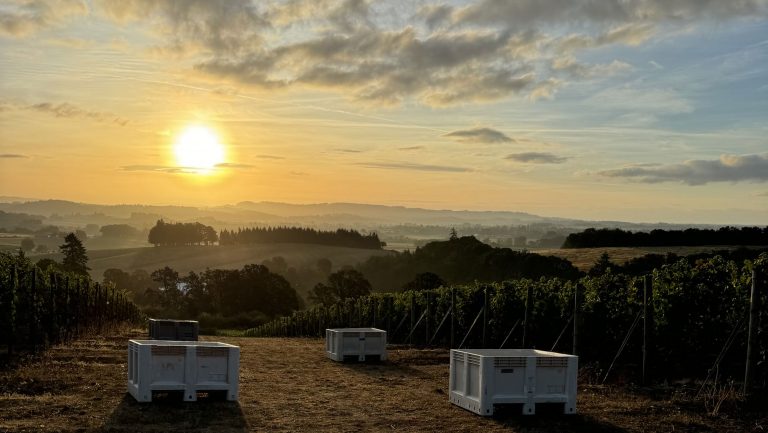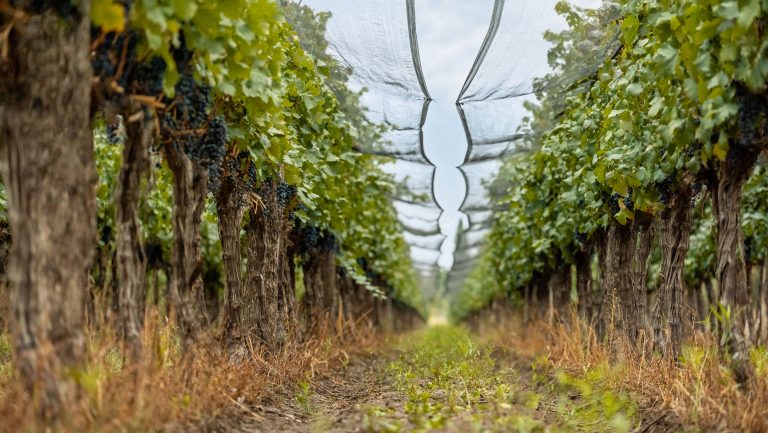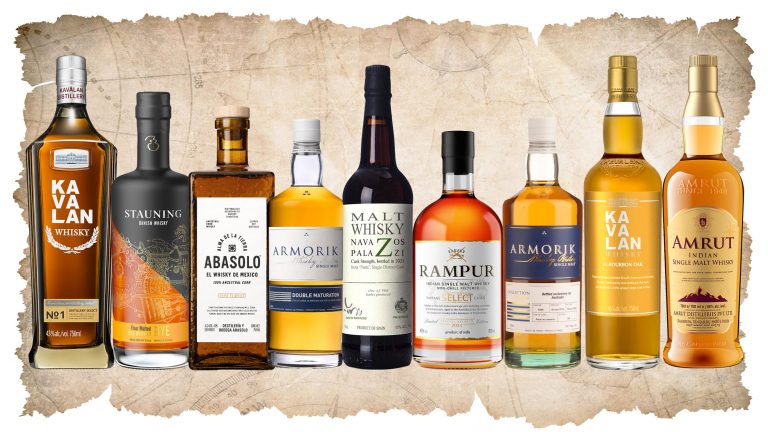Wine consumers often rely on a low-tech method to decide what to drink: word of mouth. In fact, 19 percent of all consumer purchases (not just wine) are directly attributable to personal recommendations, according to a 2018 report by Convince & Convert Consulting, a digital marketing research company headquartered in Bloomington, Indiana. The report also suggests that word of mouth can influence up to 90 percent of all consumer purchases. With more than 10,000 wineries in the U.S. alone—not to mention the global options—choices for wine drinkers are seemingly endless.
Luxury producers might pay for endorsements from celebrities, but anyone who speaks positively about a winery plays the role of a brand ambassador by default. And no one is better positioned to speak to—and potentially influence—wine consumers than members of the trade. So how do brands ensure they’re giving the right people something to talk about?
SevenFifty Daily spoke with principals at notable wineries and organizations to discover some of the unexpected ways brands are making impressions and generating buzz among industry insiders. Here’s what they had to say.
The Full Winery Experience
Each May, Ridge Vineyards invites a dozen sommeliers to its on-site Sommelier Symposium. Selected by Ridge’s regional sales managers, the somms embark on a four-day all-expenses-paid, all-access visit to the vineyards, cellars, and people behind the winery’s two estates—Monte Bello in the Santa Cruz Mountains and Lytton Springs in Sonoma County. “Nothing is taboo,” says Michael Torino, the vice president of U.S. wholesale sales for Ridge. “They can see everything, ask any question.”

Don’t miss the latest drinks industry news and insights. Sign up for our award-winning newsletters and get insider intel, resources, and trends delivered to your inbox every week.
Attendees dine in a Michelin-starred restaurant, visit the Radoux cooperage where the winery’s barrels are made, and taste legendary wines like Ridge’s 1971 Monte Bello. The intimate scale of the event means that participants have the opportunity to ask Paul Draper, Ridge’s winemaker emeritus, what it was like to make that wine. The combination of a rich educational program and direct access to the winemaking team is key. “It can’t be a salesperson leading the event,” says Torino. To create a truly lasting impression, he says, “it has to be the people who actually make the wine.”
Data proves the positive impact of the program. According to Torino, “Over the past three years we’ve averaged a 68 percent increase in sales in the attendees’ accounts in the year they attended.” Ridge is also increasingly fielding requests from the trade. Says Torino, “We’ve had folks contacting us and asking, ‘Can I go to the Sommelier Symposium? My friend went last year and he said it’s the best wine trip he’s ever been on.’”
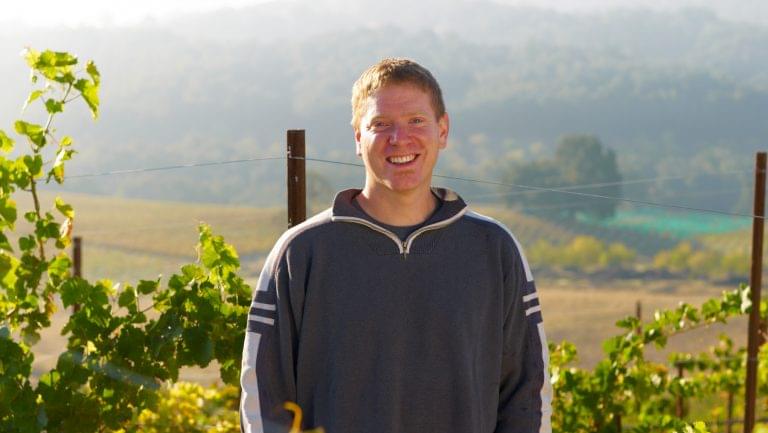
The Industry Wine Club
The industry discount is an open secret: Visit a tasting room, drop a business card, and receive a discount on your purchase. Tablas Creek Vineyard in Paso Robles, California, has been extending this courtesy for the better part of two decades. According to Jason Haas, Tablas Creek’s general manager, “The whole reason we offer an industry discount is that we want to cultivate good relationships with people who are in a position to recommend us.”
Since the industry discount is standard practice for individual purchases, why not extend it to the winery’s consumer-facing wine club, thus converting trade professionals into loyal members who receive automatic wine shipments? With the delivery of approximately 20 wines per year that see no wholesale distribution, several of them offered exclusively through the club, membership provides access to a range of hard-to-obtain wines.
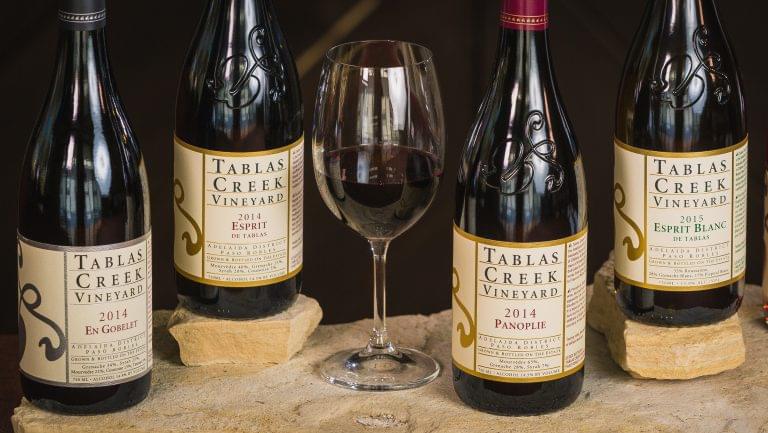
Previously, any Tablas Creek wine club members who also happened to work in the trade couldn’t take advantage of the industry discount—simply because it wasn’t an option in the winery’s POS system. Haas realized that this wasn’t serving his or the industry’s needs very well. “I felt that more people would be happy to join our wine club if we could figure out a way to solve the technological problem,” he says. In 2018 they did, and the result is an industry wine club with all the benefits and access of the consumer club, as well as an additional 30 percent off.
An industry wine club is not a common practice in the wine business, but perhaps it should be. According to Nicole Getty, the wine club director at Tablas Creek, the industry wine club has “definitely increased sign-ups”—it accounts for 10 percent of all new enrollments and has added $160,000 in revenue in the past year without marketing efforts. The winery now has nearly 400 industry professionals who are wine club members.
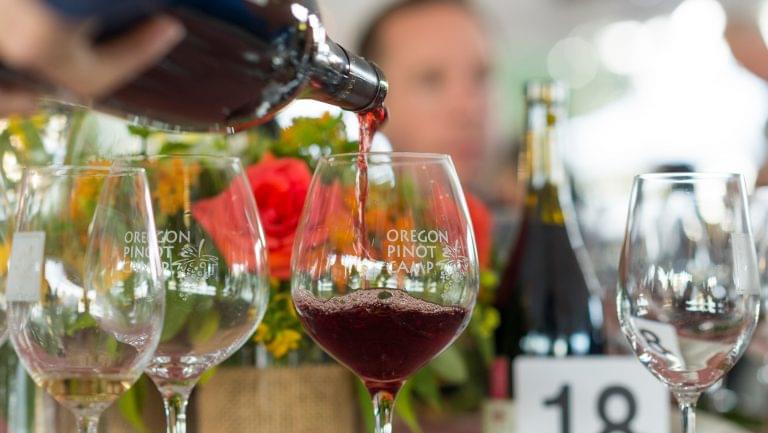
The Regional Summer Camp
Every year for the past 20 years, Oregon Pinot Camp (OPC) has invited approximately 275 trade professionals to a three-day event that’s basically summer camp for people who work in wine. As attendees wait at designated pickup locations for the yellow school buses that will shuttle them around the Willamette Valley, the winery owners, executives, and winemakers, acting as quasi camp counselors, set the tone by offering them mimosas, Mardi Gras beads, and party hats.
The polar opposite of the typical white tablecloth trade tasting, OPC’s agenda includes a field trip to see the Spruce Goose aircraft, a traditional Northwest salmon bake, and a “Riesling revival” pool party. But the event isn’t just about fun and games. OPC packs in serious education, as evidenced by the 170-page binder issued to campers on arrival, which includes a comprehensive geological history of the region, beginning 35 million years ago. Because OPC is a regional event, campers get to interact with 52 brands. “Principals are required to participate,” says Carrie Kalscheuer, the director of sales and education for REX HILL in Newberg, who sits on OPC’s steering committee. They ride buses, pour at tastings, and lead seminars, giving attendees ample opportunity to interact with them.

Andrew Stevens, a sales associate at Twin Liquors in Austin, Texas, had minimal exposure to Oregon wine before he attended Pinot Camp in 2016, and he says the experience “really jazzed me up for Oregon wine and the culture around wine there. I still talk to people about my experience all the time. I’m a big advocate for Oregon wine because of the time I had at Pinot Camp, and I love to introduce it to customers here in Texas.”
OPC alumni spread the word not only to their clientele but to each other. “Buyers [in particular] are raised up in the industry knowing about Oregon Pinot Camp these days,” says Kalscheuer. “That’s a dramatic change [that’s occurred] in the last decade. It used to be, ‘Have you heard of Oregon Pinot Camp?’ And now it’s like, ‘Get me into Oregon Pinot Camp!’ Because we’ve been able to reach nearly 300 buyers every year for the last 20 years, we’ve gotten enough cachet in the market to really have pull—a lot of pull.”

Dispatch
Sign up for our award-winning newsletter
Don’t miss the latest drinks industry news and insights—delivered to your inbox every week.
Amy Monroe has written about wine for DCist and Serious Eats. She holds the Diploma from the Wine and Spirits Education Trust. Follow her on Instagram.




